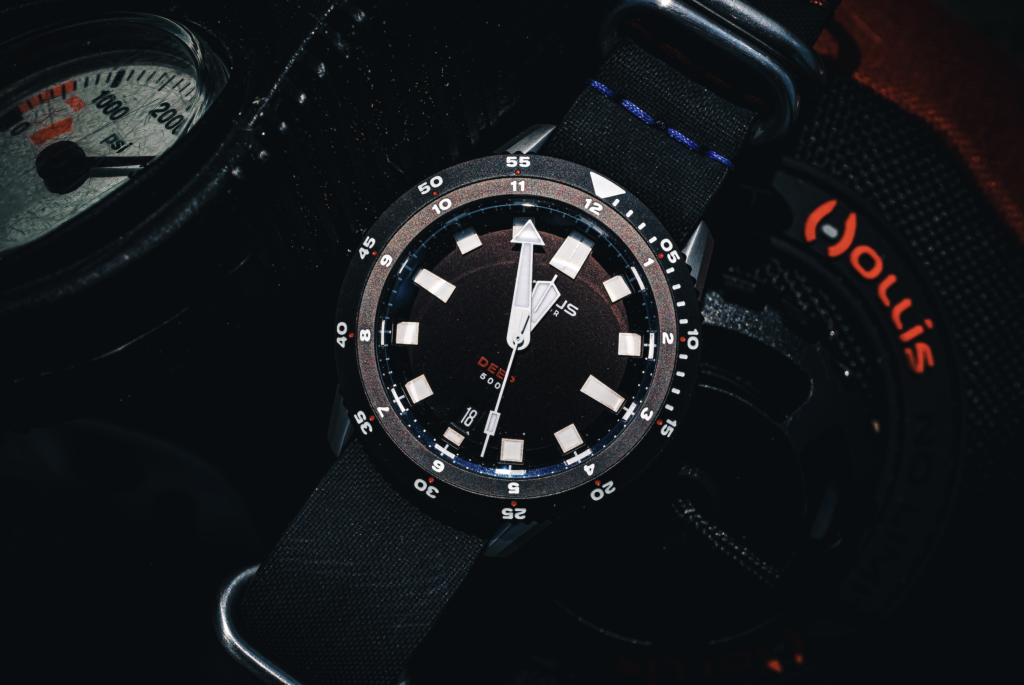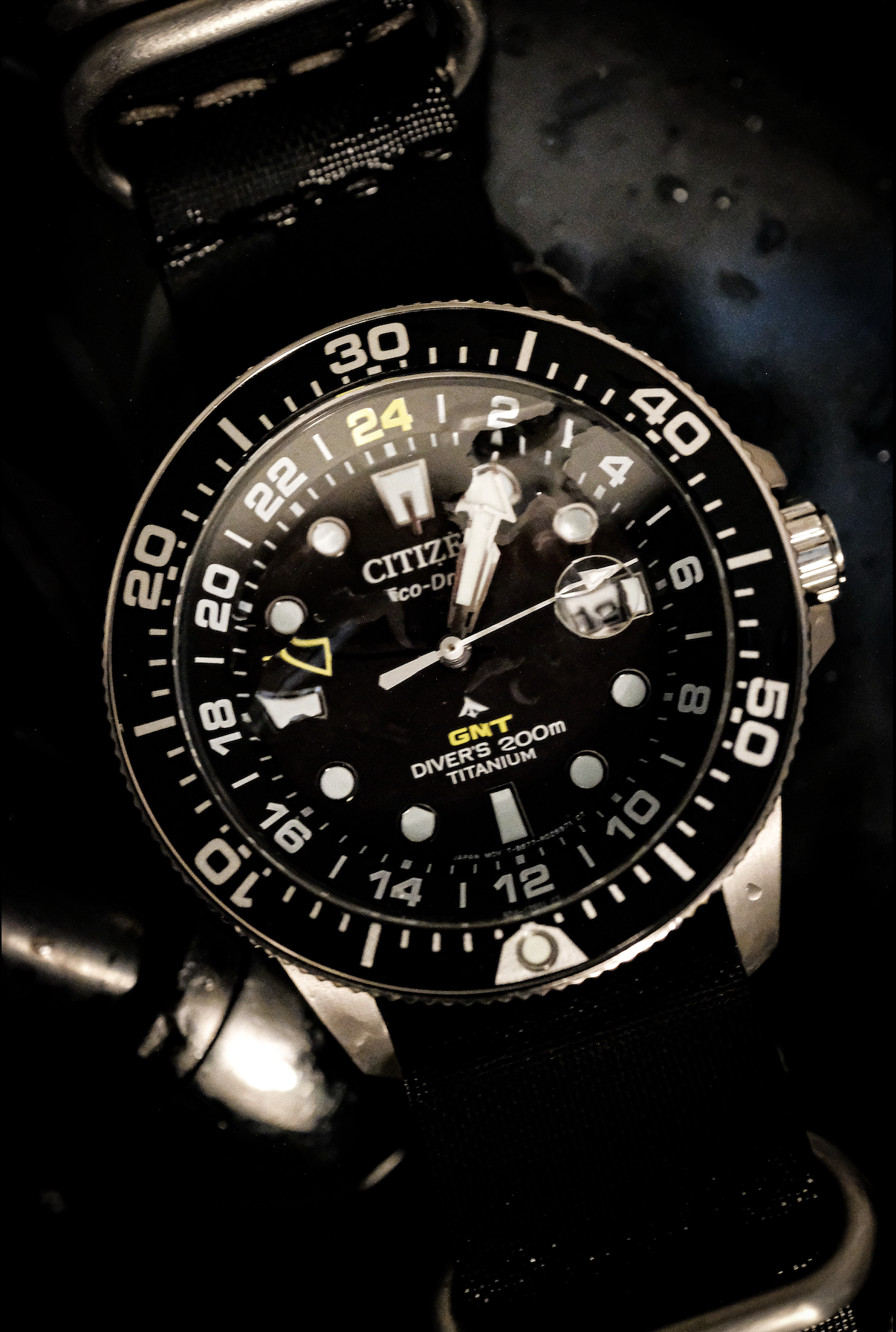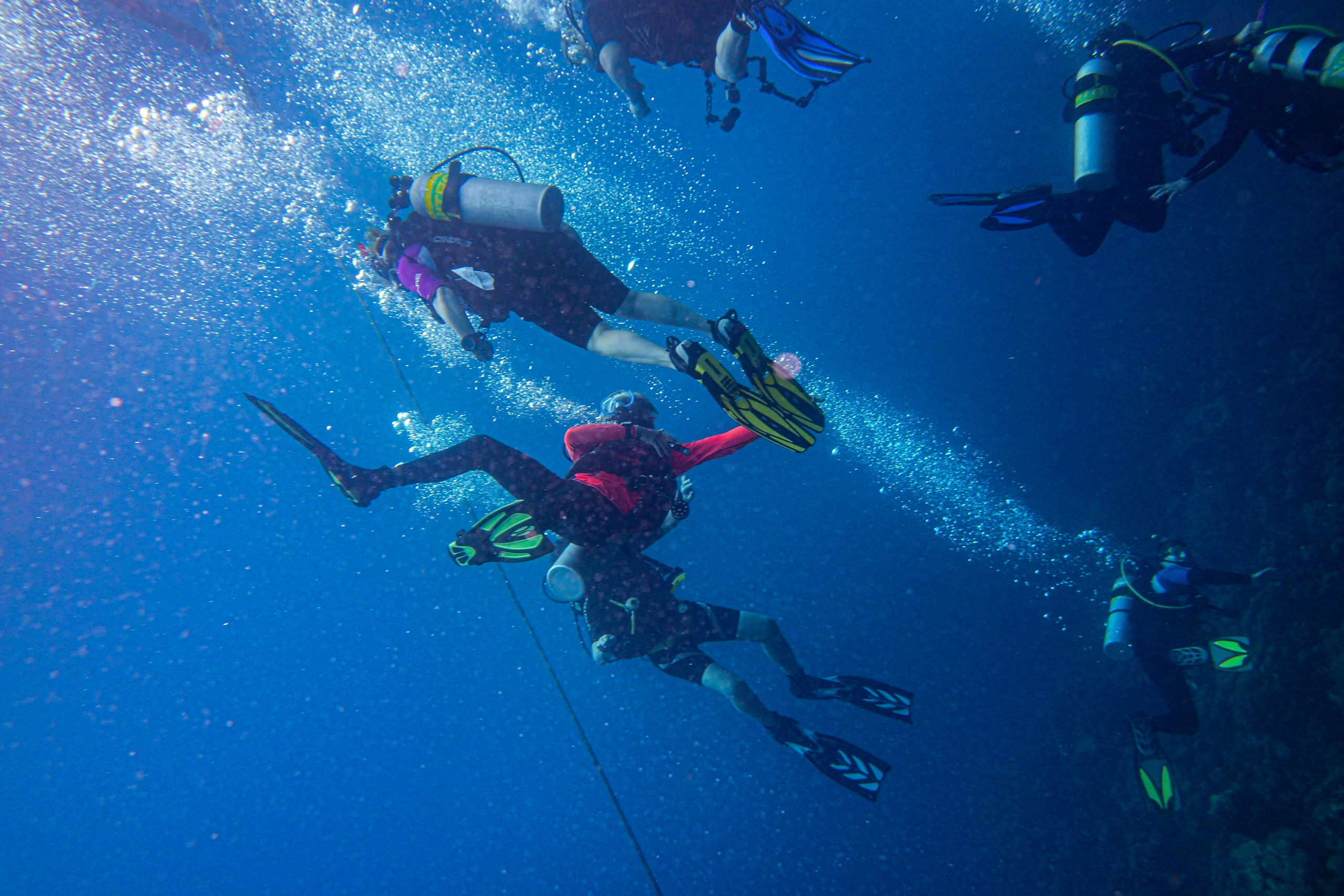2271 words
Notes: There are no underwater photographs of the gear which are discussed in the article. This is because I choose not to carry a camera with me in a dive setting involving teaching. This is due to the safety and privacy of the clients taking precedence.
In the interest of time, since this article involves diving, many terms will not be explained. The onus is on you to look up any terms that you do not know.
The lowest common denominator, low-hanging fruit, or cognitively indolent, no matter what you call it or what path of life you tread upon, it is common to diffuse one’s own fury when bumping into such comments and arguments. When it comes to the tools that we use in the field, it is easy to have the talking points of those who use them recreationally or as jewelry to pollute our field. This could not be truer than for scuba diving gear.
Life Support Should be Personal
First, we shall discuss buoyancy compensation devices (BCDs) and how certain trends seem to ripple through the market, and they rarely ever benefit the consumer or dive professional. When I started diving, rear-inflated recreational BCDs that mimicked the look of professional BCDs that were used for cave and shipwreck diving became very popular. Though they still exist today, mine and that of others I spoke to were not happy riding this trend and purchasing one of these BCDs. Most of them resulted in a 45-degree angle of trim underwater, regardless of how one set up their weighting. In 2019 I was frustrated with my Tusa X-Wing until I spoke with an instructor at a resort.
“I have come to really dislike this BCD,” I confessed to the instructor as we were getting ready for the rest of the group to arrive.
“Yeah, so,” he started saying in his heavy Dutch accent as we loaded up some of the gear onto the boat. “Don’t listen to the instructors who tell you to place the weights in different places or that you need to rearrange your gear on your BCD. We had that model as one of our workhorses, and we got rid of it and others like it after one season. They look nice, but they work against you and compromise your dive.”
The relief I felt at that moment took us both by surprise. I had been diving with that particular BCD for a few years, thinking that my buoyancy skills were lacking, but in reality, the gear and constant advice I received were flawed. I tried a conventional recreational jacket-style BCD on that trip, and my buoyancy issues disappeared.

Fast forward a couple of years, and due to many reasons, including the pandemic entering its sustainable yet almost non-lethal state, diving once again became a viable pursuit. I decided to invest in a new professional BCD since I was transitioning into a dive professional, and I was facing a new landscape of choices. New brands such as XDEEP were now available for sale everywhere and were lauded by many who used them and disturbingly by those who never did. New technical BCDs from traditional brands started flooding the market as well, and their aesthetics were stunning and attention-grabbing. Learning from my own previous errors and that of others, I decided to go with a simple professional BCD, and I could not be happier with the decision. Seeing ill-fitting new technical BCDs with problematic parts in action reminded me of how the blanket statement of always having the newest gear paramount in photography also proves incorrect. I still recall the face of a shocked photographer when I mentioned consciously staying with an older sensor due to how it rendered lower-resolving lenses.
The Hollis ST Elite 35 was the simplest and most proven BCD, though not the cheapest I could have gone with. It lacks many of the bells and whistles and the fashionable features of the newer and trendy BCDs, and it is better for it. After going on several dives with it that required multitasking while at depth, monitoring novice divers, and teaching on the surface and underwater, this BCD never got in the way. It simply did what it was told. The ultimate benefit of diving with the Elite 35 is having more cognitive bandwidth available to do complex tasks while at depth.
Timing and Monitoring Devices Can Be Impactful
Another device which proved very useful was the Nodus Sector Deep dive watch. Its over-pronounced and exaggerated bezel does make it more prone to being knocked out of place or snapping off, but in practice, it is perfect. When assembling one’s dive gear, doing so mindfully goes a long way. There have been countless times when I have politely asked someone on a dive boat to stop talking as we were setting up gear, for it almost always led to errors on everyone’s part. If you space your watch apart from the rest of your gear, whether that be a dive computer, a slate (hold on to that thought), or the bulge of the cuff of your drysuit, the bezel is perfect. This is especially true when using drysuit gloves.

This became more apparent when I decided to dive with the Citizen dive watch pictured here one afternoon. Its smooth and conservative bezel was slippery enough to operate that it became a distraction. As a result, it was simply not used.

The Nodus, however, was used time and again like second nature. This was especially useful on one weekend. I unconsciously measured and tallied the totals of how long a certified adult diver left his uncertified dive buddy alone, who was a child, at depth to go topside, make a phone call, or relax by the water’s edge. The unease and mild panic displayed by the minor whenever he was left alone was disconcerting, and as a general rule, you are never to leave your dive partner, aka “buddy,” alone. Normally I would not time such things while attending to other matters at depth, but this proved pivotal because it impacted the certifications this diver had signed up for later this year.
A week later, at another dive site, the Sector Deep once again proved its worth in practice. “Okay, this is great news,” yelled the instructor across the water after I had successfully taught a student how to equalize. This was a big deal for the student, for it was the sole factor in her attaining her open-water certification. Using tactics in vocal methods and yoga, we were able to relax her sinuses and airways enough for her to be able to equalize pain-free and effortlessly. “Would you mind taking her on a dive no longer than 20 minutes, then bring her back so we can finish all of her skills?”
“Of course,” I replied while adjusting the bezel on my Nodus sector Deep to time the dive.
“Do you have a timer,” asked the student.
“Yes, I do. I use the bezel on this watch to keep us on track and on time. Ready to go,” I asked, only to receive an emphatic yes from the student.
As we were nearing the end of our dive, the student descended slightly and cupped her hands into the milky thermocline, and she looked up at me and gestured equal parts confusion and exhilaration. I quickly wrote on my slate which was located on my forearm, that she had encountered a thermocline, and she signalled an “ok” that her curiosity was satisfied, and we moved on. Though she did not know what a thermocline was at depth, knowing that I knew what it was and would explain it to her at the surface resulted in a much more enjoyable dive for the student. Like the Hollis ST Elite 35, the Nodus Sector Deep’s simple and obvious approach to its design allowed for the ease of operation that allowed for my attention to be focused elsewhere.

Simple Tools Will Empower Others
This brings us to the second to last piece of gear that divers often overlook: the humble slate. In the previous weeks, I had used it to write out complex instructions for a student at depth, thus negating having to resurface for them to understand the skill we were trying to work on. On this previous weekend, the slate proved to be a very powerful tool in a manner that I had never heard another dive professional ever mention.
I was kneeling on the platform with a father-son duo who were getting their open-water certifications, and the son was visibly cold. The father tried to gesture and communicate with his son asking him how cold he was, and the son could not decipher his hand gestures. I quickly took off my wrist slate and handed it to the father. The father quickly wrote, “A LITTLE COLD OR A LOT.” To which his son took his turn on the slate and wrote back “in the middle.”

Both the father and son relaxed and went on to not only complete their certifications but having a great weekend. Getting to see a healthy father-son dynamic play out underwater and empowering them not only to communicate but to give them their own agency over their dive is easily one of the most beautiful things I have witnessed underwater. I rarely see slates being used on dive sites, and I fear this is due to a couple of reasons. First is the false notion that one must be able to communicate everything with hand signals in order to be a good diver. Second is the obsession with having the most streamlined trim possible. In both cases, the diver is attempting to reach an ideal rather than utilizing what is the most effective toolset possible. Some popular scuba diving groups advocate these ideals, which in themselves are blanket statements. Removing tools that allow for better dive operations while underwater to adhere to a forced ideal is simply wrong.
Your Choice in Dive Computers Should be Personal As Well
Lastly, we will briefly talk about the two dive computers that I use and how the more unconventional one came in handy throughout the dive weekend.
“Ah, another Perdix user, I see,” said an instructor as he walked by with a smile. “And a Garmin?”
“Yup, I use it for everything else above water as well.” This was most certainly true. As I was recovering from a nearly life-altering injury, monitoring my heart rate and blood oxygen levels ensured a safe weekend while I helped look after a group of humans in an alien environment. After the rest of the group had left, I used my Garmin to monitor small runs around the dive site, only to be pleased with the progress I had made over the last two months. It was also good to receive messages from my phone while I was at the surface. This allowed me to keep up to date with the important matters in my life, which helped relieve my own stress levels throughout the weekend.

The Garmin Descent MK2 is not for every diver. With a projected lifespan of 4-5 years, a third of a professional dive computer, on the (figurative) surface, it does not make much sense for most divers. Though I have yet to recommend the Descent MK1 or MK2 to a single diver in all the years I have been using them; it is the perfect daily worn watch and backup dive computer for me. I have yet to come across another diver who trains as much as I do while simultaneously benefiting from the smartwatch features that this Garmin provides. If I bump into that diver, I look forward to telling them how my experience may benefit them and their purchasing decision.
Dangerous Sports Require a Personal and Informed Approach
This brings us to the point of all this talk regarding gear, especially if you are starting out picking your gear to purchase. Do not feel pressured into buying any piece of gear that is hanging off the rack. Do not buy what is popular and new at the moment. Gear in diving is unlike most other sports, for they are essential life support. Whether your computer is legible and offers all the data you need for a dive can be the difference between a normal dive, to one that results in an injury or one riddled with stress.
Buying a BCD that has unproven characteristics at depth or has only been on the market long enough for the brand to start issuing out recalls quietly can end a dive career prematurely. Listening to wristwatch enthusiasts about what watch you should purchase for a dive can either result in a tool you will use for years or a piece of jewellery that sits in a drawer, never to get wet again after its first dive weekend.

Be cognizant of your personal needs while underwater. Selecting one’s dive gear is a deeply personal endeavour, especially the more advanced one becomes. Every single person’s goals and values while underwater are different from each other’s, for we dive for different reasons. Giving into blanket statements such as “I need a back-plate BCD” or “I need a dive watch with 200 metres of water resistance” can and most likely will lead to buyer’s remorse. Blanket statements are useful for those who do not have to live with the consequences of making such statements and who never have the experience to back them up.
Make use of your agency to become informed and make your own decisions. Lastly, look at what gear makes your dives easier and allows you to complete any set of objectives with the least amount of obstacles. This personalized approach will help you have a long career or active period in scuba diving.
